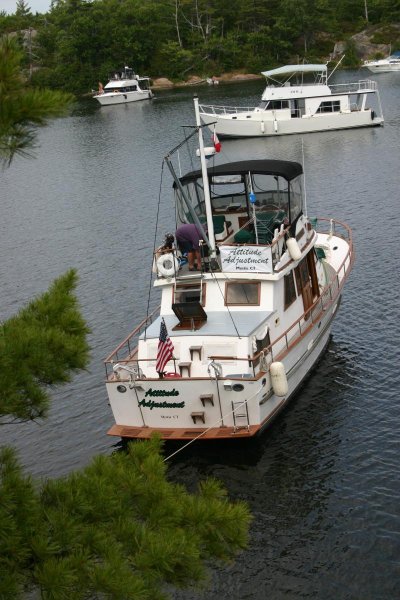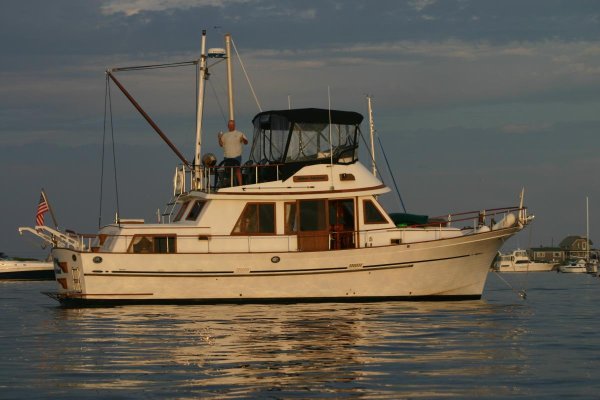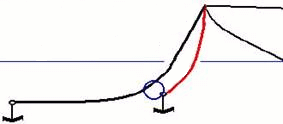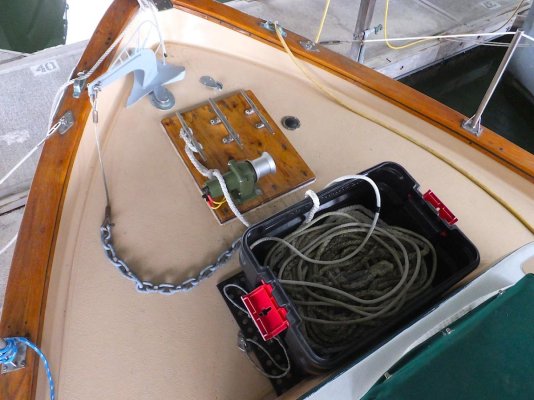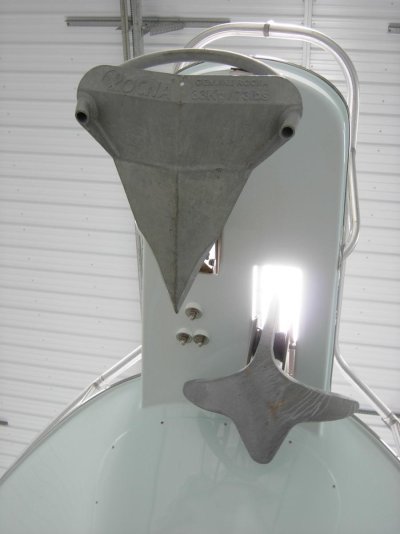This is a thread to discuss the pros and cons of different styles of anchoring. Here are the three styles for discussion. I want to look at this, not as this is what we do or what is common, but in a world just starting what would be the advantages and disadvantages of each.
Three styles.
Single bow anchor.
Two bow anchors.
Bahama anchoring. One bow anchor and one stern anchor
We deploy one appropriately-sized anchor (ASA) from the bow. (ASA, to me, means a storm anchor, matched to the target substrate, in a weight I could lift manually if necessary.)
I would like to have a choice of two of those ASAs on the pulpit, in two different designs, so I can choose which might be more suitable for the immediate situation (mostly about holding substrate). Our pulpit doesn't offer that option, so we live with it. I still do have another ASA that I can deploy should that be necessary, but we've not had to make that change.
We are prepared to do a Bahamian moor (two ASAs from the bow) but have never had to do that... and doing that would also depend on who else is in the anchorage and how best we can manage similar swing distances and directions. I would probably use a modified approach, more like 90° opposed instead of 180°. Depends on the anchorage and the reason for using this style.
Lots of current discussion in the other thread about tandem anchors, essentially two from the bow but on the same rode. I am not prepared to do that. Yet. Maybe. Seems like it offers some advantages to the Bahamian system. One is about not fouling two rodes. Also seems like even more work, though. Still studying that.
I can deploy a stern anchor, but haven't had to do that. Er... except once, when we did have to (later) deploy a kedge from the stern, to keep from swinging the stern up onto an oyster reef at low tide. (I misunderstood the tides near Beaufort...)
Are you folks intending to do more anchoring out soon?
-Chris

